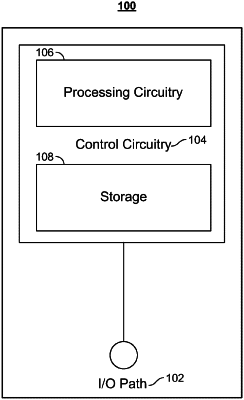| CPC G06Q 30/0243 (2013.01) [G06Q 30/0244 (2013.01); G06Q 30/0246 (2013.01); G06Q 30/0249 (2013.01)] | 20 Claims |

|
1. A method for managing impressions, comprising:
identifying, using processing circuitry, at least two advertisement campaigns, each campaign of the at least two advertisement campaigns associated with a respective subject being advertised and each campaign allocated a respective number of budgeted impressions;
calculating for each advertisement campaign of the at least two advertisement campaigns, using the processing circuitry, a respective rate of impression generation;
determining, at a predetermined time before completion of any of the at least two advertisement campaigns, a future performance metric for each of the at least two advertisement campaigns based on the respective rate of impression generation for each campaign;
identifying, using the processing circuitry, a high-performing campaign of the at least two advertisement campaigns based on whether the future performance of the high-performing campaign is greater than or equal to a respective predetermined future performance metric threshold;
identifying at least one low-performing campaign of the at least two advertisement campaigns based on whether the future performance metric of the low-performing campaign is less than the respective predetermined future performance metric threshold;
determining, using the processing circuitry, a redistribution of allocations of the number of budgeted impressions from the at least one low-performing campaign to the high-performing campaign;
causing to be implemented, using the processing circuitry, the redistribution amongst the high-performing campaign and the at least one low-performing campaign; and
ending the at least one low-performing campaign.
|